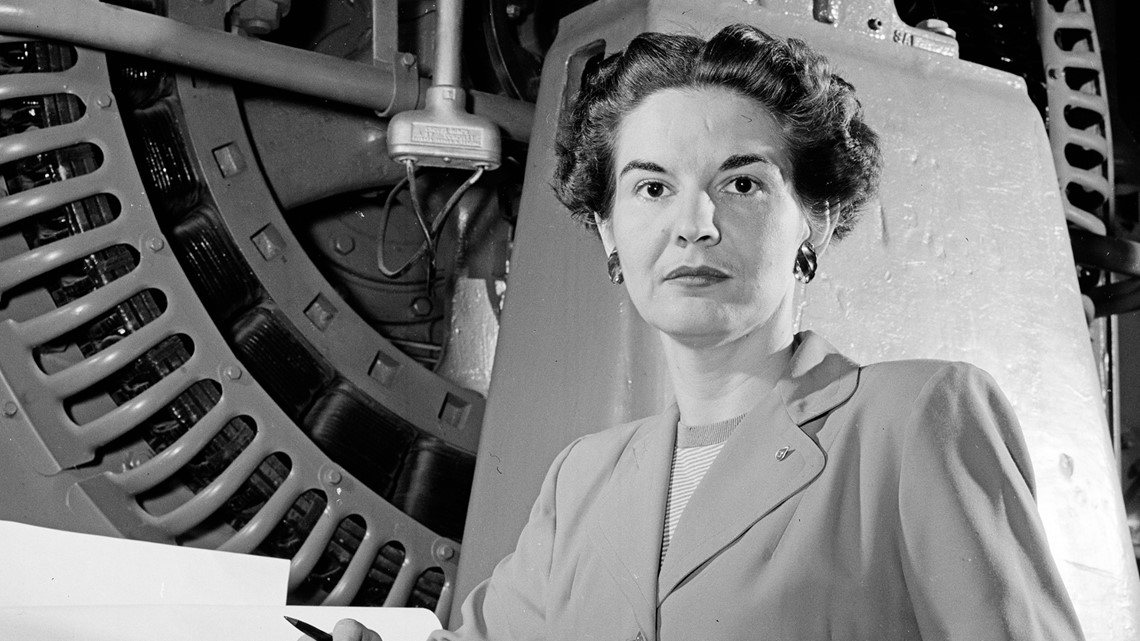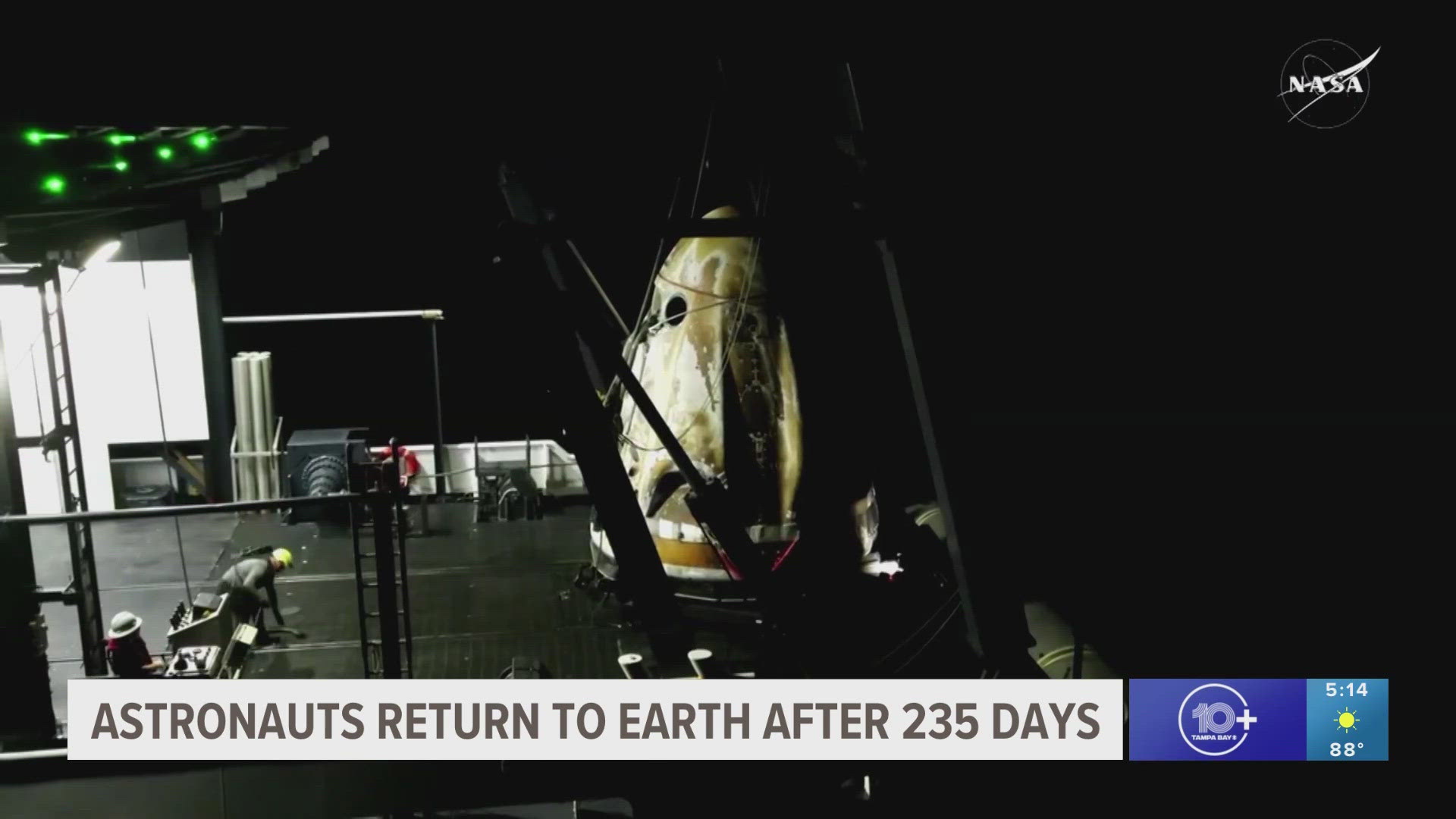CAPE CANAVERAL, Fla. — For decades, women working at NASA have been leading the way for those following in their footsteps.
From the first female engineer being hired in 1939 all the way to the first-ever all-female spacewalk in 2019, women have been integral to advancing the nation's top space agency.
A majority of these pioneers also entered the field, and carved their own path, at a time when the space industry was predominantly white and male-dominated. Their accomplishments are still heralded to this day.
Here are some of the female pioneers that have made their mark at NASA over the years:
Sally Ride
Sally Ride is a name that will be forever etched into history after becoming the first American woman in space nearly 39 years ago.
On June 18, 1983, Ride made her mark as a trailblazer when she suited up alongside her crewmates and strapped into her seat on the Space Shuttle Challenger. Once beyond Earth's atmosphere, her work did not stop there.
Ride served as the mission specialist on STS-7, regarded as the most complex mission of the shuttle program to date, where she helped launch two commercial communications satellites.
As if one historic first for space wasn't enough, Ride was also responsible for using the shuttle's robotic arm to deploy the Shuttle Pallet Satellite and retrieve it two days later. According to NASA, the act marked the inaugural use of a shuttle to return a spacecraft back to Earth.
To get to space, Ride was selected to be a member of 1978 NASA Astronaut Group 8 which the agency says is the first astronaut class to include women.


"Hidden Figures": Katherine Johnson, Mary Jackson and Dorothy Vaughan
Katherine Johnson
Katherine Johnson began working at Langley in the summer of 1953 and, during her time with NASA, made tremendous mathematic and data analyzing contributions.
Most notably, Johnson was the one to complete the trajectory analysis for Alan Shepard's Freedom 7 mission — aka America's first human spaceflight.
She alongside engineer Ted Skopinski co-authored the "Determination of Azimuth Angle at Burnout for Placing a Satellite Over a Selected Earth Position" report.
"It was the first time a woman in the Flight Research Division had received credit as an author of a research report," according to NASA.
Then in 1962, Johnson once again played a pivotal role for the nation's top space agency when she ran numbers by hand through the same orbital equations programmed into electronic calculating machines.
"The computers had been programmed with the orbital equations that would control the trajectory of the capsule in [John] Glenn’s Friendship 7 mission from liftoff to splashdown, but the astronauts were wary of putting their lives in the care of the electronic calculating machines, which were prone to hiccups and blackouts," NASA wrote.
Glenn is reported to have said he'd be ready to go once Johnson "says they're good," referring to the calculations.

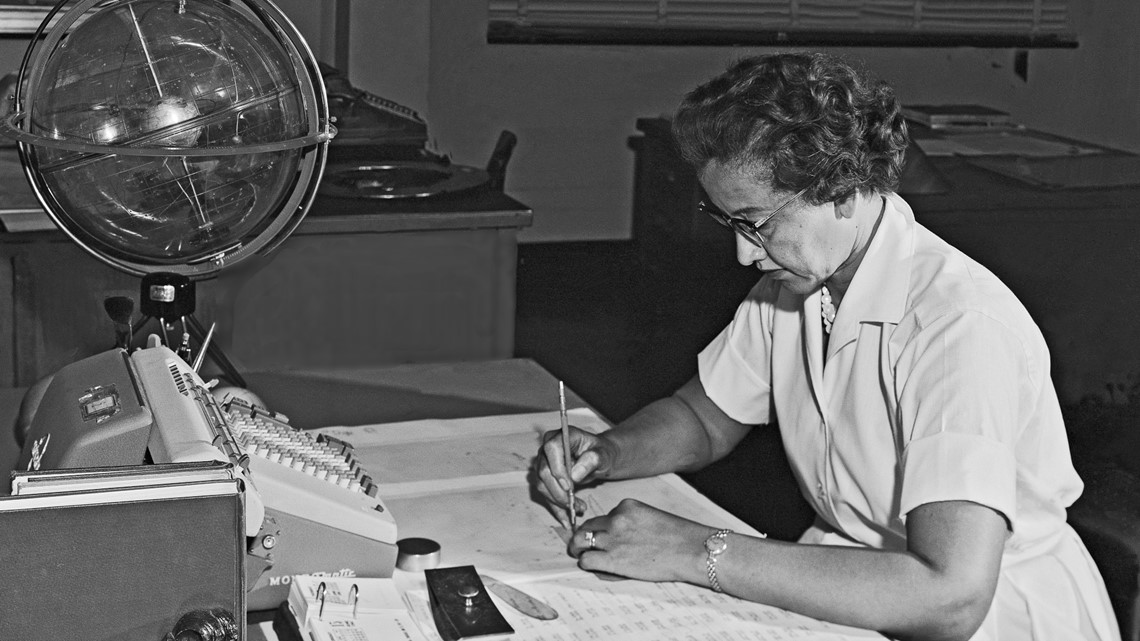
Mary Jackson
In 1958, Mary Jackson broke the mold in a predominantly white and male-dominated field when she became NASA's first Black female engineer.
"Mary began her engineering career in an era in which female engineers of any background were a rarity; in the 1950s, she very well may have been the only black female aeronautical engineer in the field," NASA wrote.
It's that same year that she co-authored her first report called "Effects of Nose Angle and Mach Number on Transition on Cones at Supersonic Speeds."
Jackson spent two decades working in the field and contributing to the agency's research but, eventually, NASA says she saw promotion opportunities slow. In true trailblazer fashion, she didn't let it slow her down.
"In 1979, seeing that the glass ceiling was the rule rather than the exception for the center’s female professionals, she made a final, dramatic career change, leaving engineering and taking a demotion to fill the open position of Langley’s Federal Women’s Program Manager," NASA wrote.
Jackson would spend the following years working to impact the hiring and promotion process for the next generation of NASA female engineers, scientists and mathematicians.

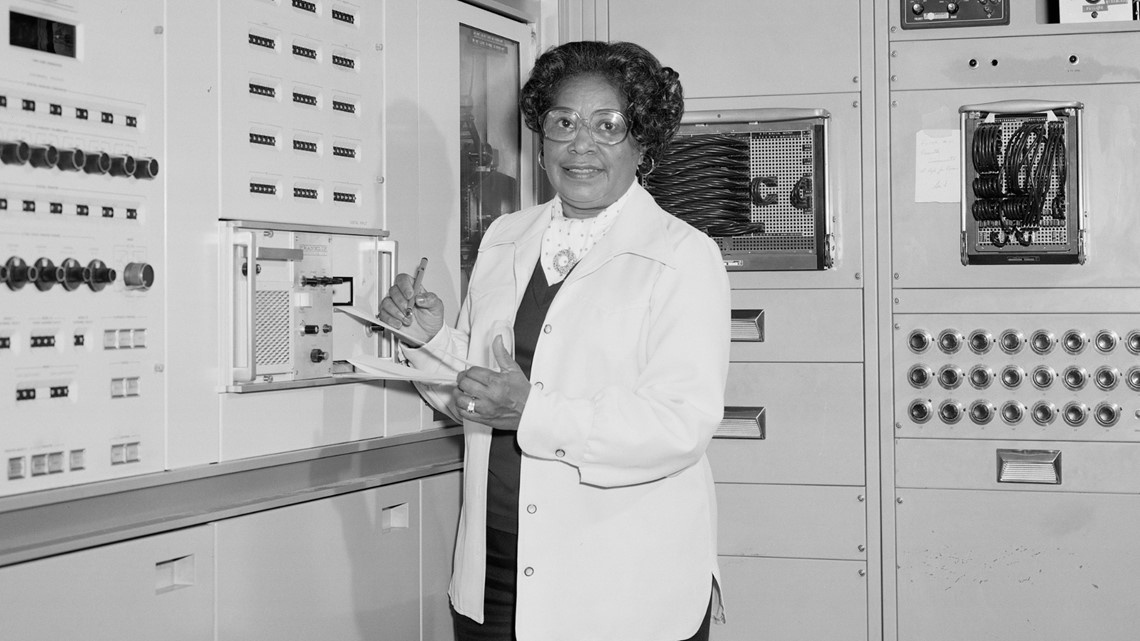
Dorothy Vaughan
One of the nation's top space agency's original pioneers, Dorothy Vaughan was NASA's first Black manager.
The mathematician served as the head of the National Advisory Committee for Aeronautics' segregated West Area Computing Unit from 1949 through 1958.
Vaughan continued her post through the transition from NACA to NASA when she joined the Analysis and Computation Division, "a racially and gender-integrated group on the frontier of electronic computing."
Other notable mentions of Vaughan's include contributing to the Scout Launch Vehicle Program and becoming an expert FORTRAN programmer.

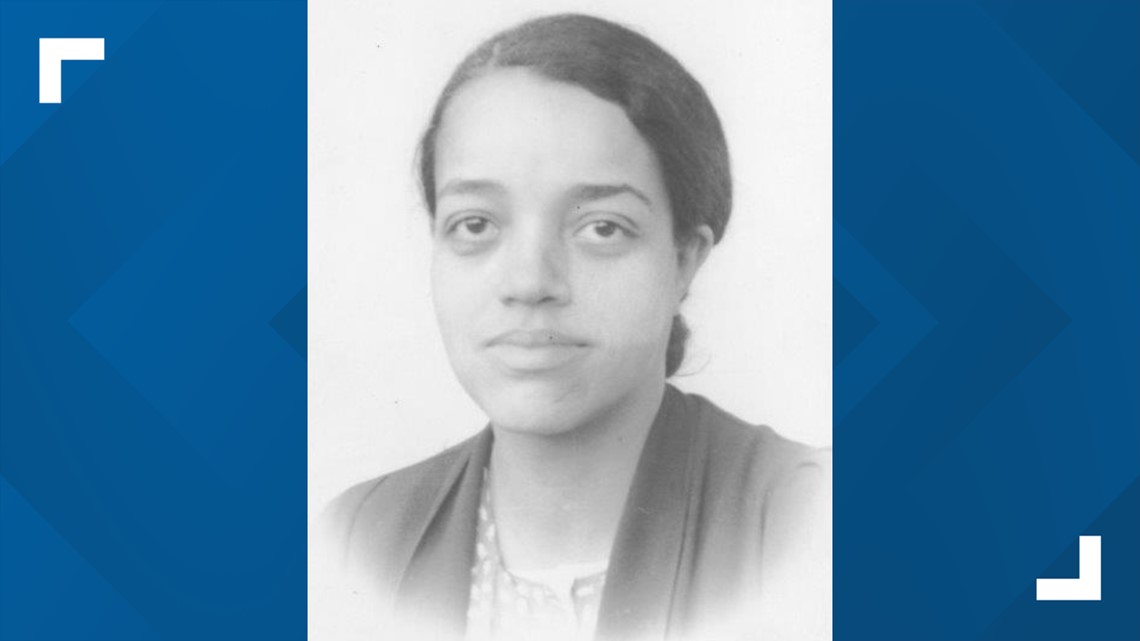
Peggy Whitson
There likely isn't a spaceflight record you can think of that Peggy Whitson doesn't hold or hasn't tied for during her three "long-duration" missions.
To name a few:
- U.S. record for cumulative time in space with 665 days.
- Tied the record for the most spacewalks for any U.S. astronaut.
- Holds the record for most spacewalk time for female “space travelers.”
But it doesn't stop there. Whitson was also the first science officer aboard the space station, the first female commander of the space station and the first woman to be station commander on two different missions, according to NASA.
Her work in the Genes in Space-3 experiment helped make it possible to identify microbes in real-time without needing to send the samples back to Earth. NASA called the work a "revolutionary step" for both microbiology and space exploration.

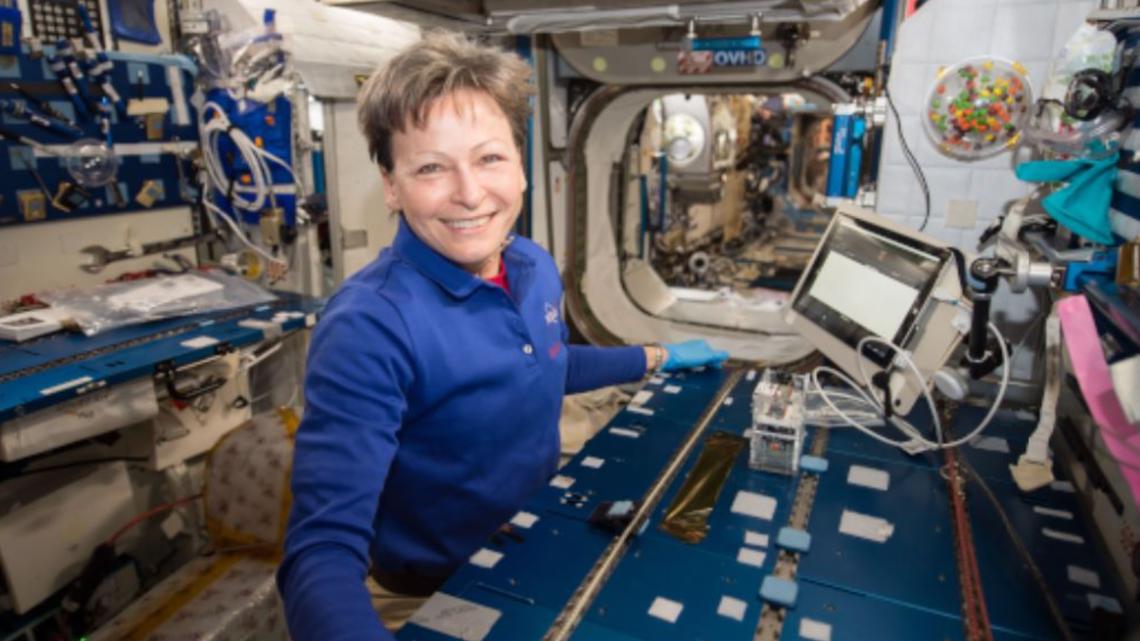
Dr. Mae Jemison
Just five years after becoming a NASA astronaut, Dr. Mae Jemison left the planet we call home on a Space Shuttle mission, becoming the first Black woman in space.
The engineer and physician served as the Space Shuttle Endeavour's science mission specialist (STS-47). According to NASA, the mission included 44 life science and materials processing experiments.
While co-investigating a bone cell research experiment, Jemison was said to have logged more than 190 hours in space.


Christina Koch + Jessica Meir
It took 221 spacewalks in support of the International Space Station before the nation saw the first to be conducted entirely by women.
NASA astronauts Jessica Meir and Christina Koch took part in the milestone moment in October 2019. The duo worked to replace a battery charge/discharge unit that, at the time, had failed to activate.
The hours-long event was broadcast live as Koch and Meir worked to help return the space station unit to full functionality.
"We don't want to take too much credit because there have been many others — female spacewalkers — before us. This is just the first time that there have been two women outside at the same time ... For us, this is really just us doing our job," The Associated Press reports Meir said at the time.
Another notable mention, Koch, who is no stranger to life in microgravity, spent 328 consecutive days in space between 2019 and 2020, setting the record for the longest duration for a woman during a single mission.

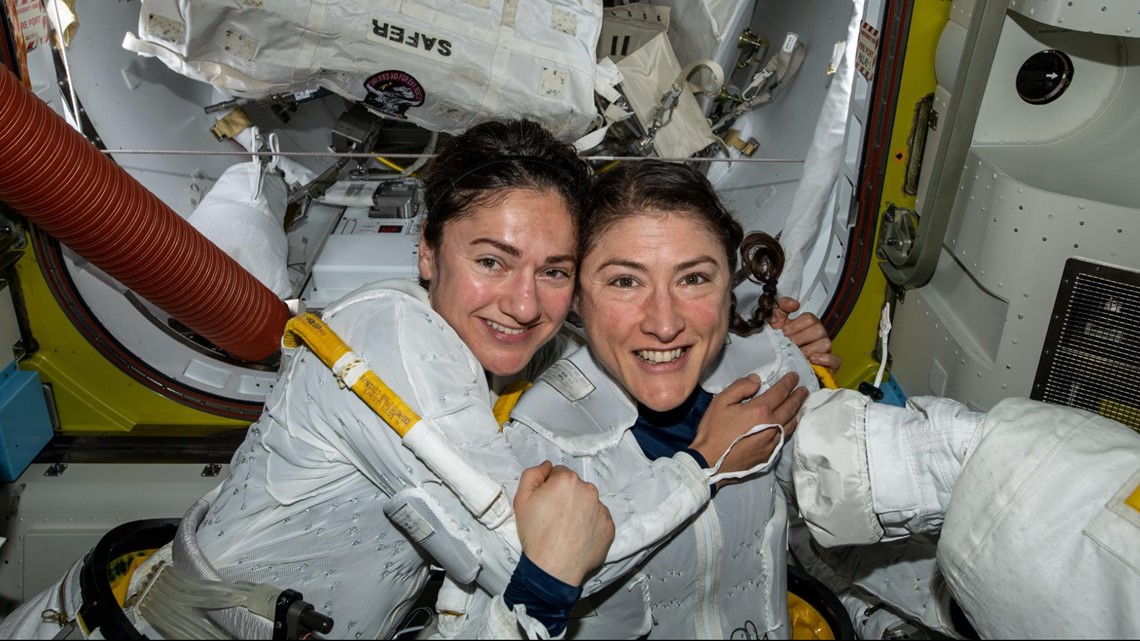
Kathryn Sullivan
Former NASA astronaut Kathryn Sullivan secured her place in space history when she became the first American woman to walk in space.
The trailblazer also flew on three shuttle missions, one of which deployed the Hubble Space Telescope. Outside of the industry, the White House says Sullivan also became the first woman to dive to the Challenger Deep in the Mariana Trench.
Sullivan, who logged more than 532 hours in space, was inducted into the Astronaut Hall of Fame in 2004.

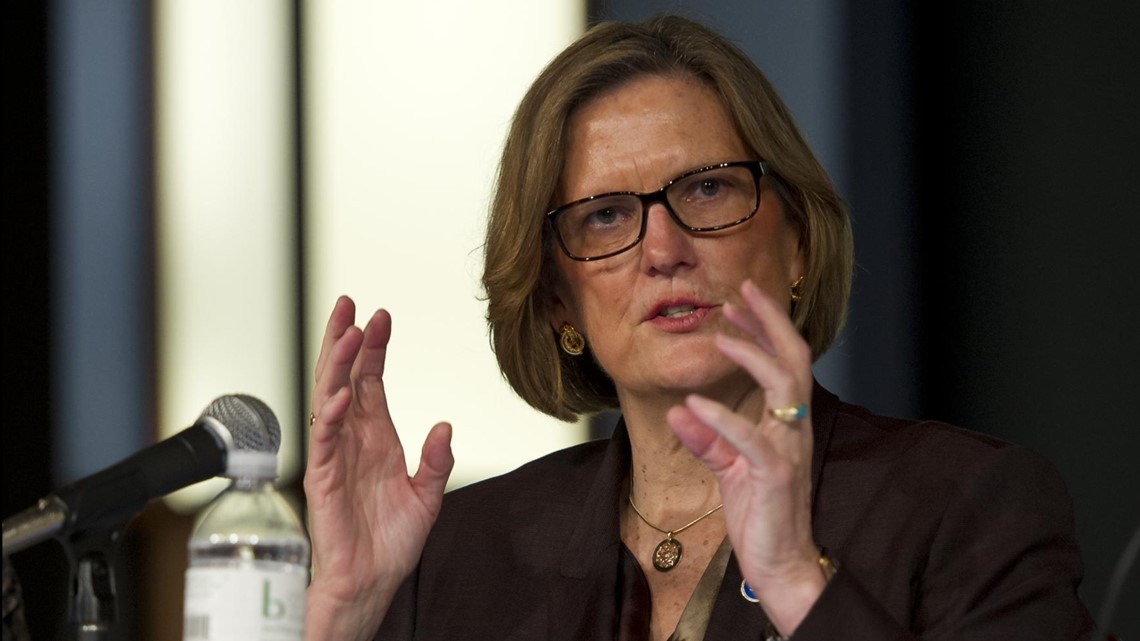
Kitty O'Brien Joyner
In 1939 Kitty O'Brien Joyner helped break the mold by becoming the first female engineer at the National Advisory Committee for Aeronautics Langley Lab — now known as NASA's Langley Research Center.
"A trailblazer in aeronautic research, Kitty O'Brien Joyner helped open doors for other female engineers," NASA History wrote in a Facebook post.
Joyner worked for the nation's top space agency for decades and eventually rose to management-level titles as both the Brand Head of the Facilities Cost Estimating Branch and Office of the Engineering and Technical Services.
The space icon's impact wasn't contained to her work in the industry either. According to NASA, Joyner was the first woman to graduate from the University of Virginia's Engineering Program after she sued to enter the all-male engineering school.

